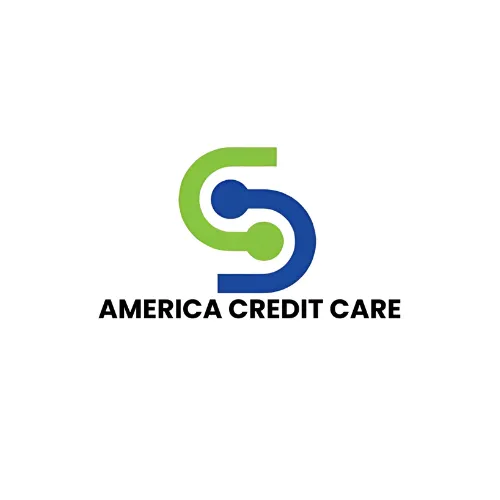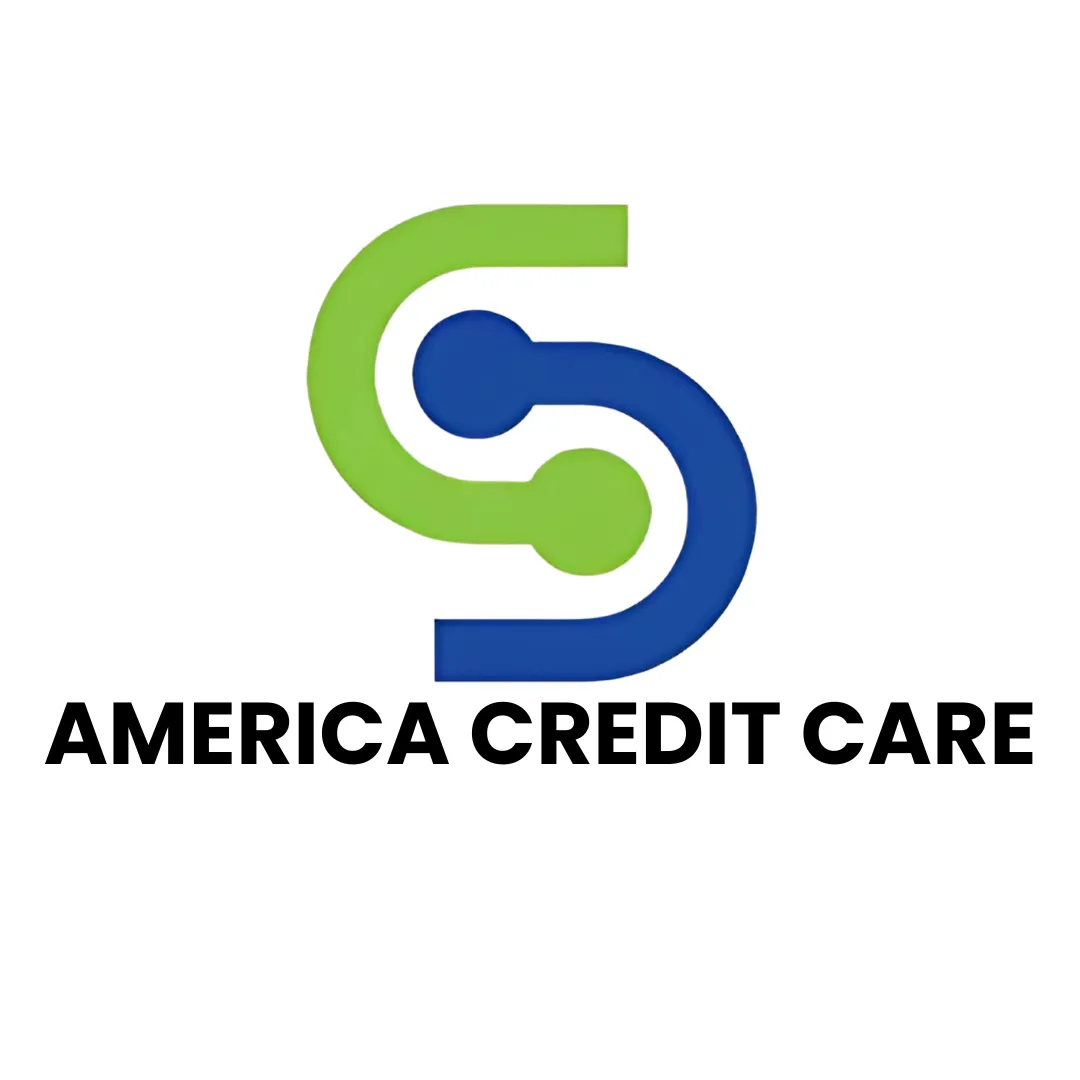Blog
Contact Us
At Credit Care of DMV, we don’t just repair, but also educate people about credit so that they never find themselves in that same situation in life.

Top 9 Credit Report Errors That Hurt Your Score (And How to Fix Them)
Your credit report is a snapshot of your financial health. Even seemingly small errors can have a huge impact on your credit score.
If you’ve ever been denied a loan or faced higher interest rates, it might be time to dig into your report for incorrect derogatory marks.
Here in this post, we will shed light on the top nine credit report errors that could hurt your score and actionable tips on how to fix them through DIY or professional credit repair.
#1. Incorrect Personal Information
Sometimes, credit reports contain errors in basic details like your name, address, or phone number. These identity errors can occur due to data entry mistakes or mixing up information with someone who has a similar name.
While these errors don’t directly affect your score, they can lead to more serious issues like mixed files or unauthorized accounts being reported under your name.
Example
A person’s name is John A. Smith, but his credit report lists him as John S. Smith, who lives in another state. This could lead to confusion and incorrect accounts showing up on their report.
How to Fix Incorrect Personal Information In Your Credit Report
Review your credit report carefully for inaccuracies. If you spot errors, dispute them directly with the credit bureau.
You typically need to provide documentation that verifies your identity and corrects the error. Here are examples of the types of documentation required for specific personal information errors:
Incorrect Name:
A copy of a government-issued ID (e.g., driver’s license, passport).
A certified copy of a name change document (if applicable, such as a marriage certificate or court order).
Wrong Address:
A recent utility bill, bank statement, or lease agreement showing your correct address.
A copy of your driver’s license or another ID with the updated address.
Incorrect Social Security Number (SSN):
A copy of your Social Security card.
A W-2 form or tax return that includes your correct SSN.
Wrong Date of Birth:
A copy of your birth certificate.
A government-issued ID (e.g., passport or driver’s license) with the correct date of birth.
Incorrect Employer Information:
A recent pay stub or employment verification letter from your current employer.
Mixed Identity (Information from Someone Else’s File):
Copies of documents proving your identity, such as your Social Security card, driver’s license, or passport, to differentiate you from the other individual.
#2. Duplicate Accounts
Duplicate accounts can show up on your report, making it appear as though you owe more than you actually do. This can increase your debt-to-income ratio and make you appear overleveraged.
A higher debt load due to duplicate accounts increases your credit utilization ratio, which can significantly lower your score.
Example:
You have one car loan with ABC Bank, but it’s listed twice on your credit report—once under ABC Bank and once under XYZ Financial Services (a subsidiary). This inflates your debt total unnecessarily.
How to Fix It:
Contact the credit bureau and the lender responsible for the duplicate entry. Provide supporting documents showing that the account is listed twice and request its removal.
You need specific documentation that proves the accounts are erroneously reported as duplicates. Here are examples of the types of documentation typically required:
Account Statements: This helps clarify that only one account exists and is being reported multiple times.
Correspondence from Lenders: Include letters or emails from the creditor.
Proof of Payment: If duplicate accounts are showing balances, submit payment receipts or bank statements to demonstrate that the balance on one account has already been settled.
Dispute Letter with Highlighted Errors: Attach a copy of your credit report with the duplicate accounts circled or highlighted, along with a detailed explanation in your dispute letter to the credit bureau.
Identity Verification Documents: If duplicate accounts stem from identity confusion (e.g., mixed files), include proof of your identity.
Legal Documentation for Charged-Off Accounts: If duplicate entries involve charged-off accounts and collection agencies, provide documentation showing that the original creditor sold the debt and should no longer report a balance.
#3. Incorrect Account Status
Closed accounts reported as open or vice versa can misrepresent your financial situation. Also, accounts marked as delinquent when they’re not, can significantly harm your score.
Example
You paid off a personal loan last year, but it still shows as active on your report—or worse, it’s marked as “past due” even though you’ve settled it completely.
How to Fix It
Provide specific documentation that verifies the true status of the account. Here are examples of documentation you can use:
Account Closure Letter: Submit an official letter from the lender stating that the account has been closed. This letter should include the closure date and confirmation that no balance remains.
Payment Receipts or Bank Statements: Provide copies of payment receipts or bank statements showing the payment dates and amounts.
Loan Settlement Documentation: If the account was settled in full, include a settlement statement or "Paid in Full" letter from the creditor. This is particularly useful for accounts marked as delinquent or with an outstanding balance when none exists.
Correspondence with Lender: Include any emails or letters from the creditor confirming the correct account status. For example, if you are listed as the owner of an account but are only an authorized user, a letter from the lender clarifying your role can help resolve this error.
Proof of Account Activity: If an active account is reported as closed, provide recent statements showing ongoing activity such as recent transactions or payments.
#4. Inaccurate Payment History
Missed or late payments can drag your credit score down within a month or two. Sometimes, payments marked as late or missed may have been made on time and in full.
A single late payment can lower your score by several points—sometimes as much as 100 points
Example
You made your mortgage payment on October 1st, but due to a processing delay by the lender, it’s recorded as late on October 5th. This error could drop your score significantly.
How to Remove Inaccurate Payment History
Gather proof of timely (and complete) payments, such as:
Bank Statements: Submit bank statements showing the date and amount of the payment made to the creditor.
Payment Receipts: Provide receipts or confirmation emails from the creditor that show the payment was received on time. Many creditors send automated confirmations when payments are made online or via mobile apps.
Cleared Check Copies: If you paid by check, include a copy of the cleared check from your bank, which will show the date it was processed.
Account Statements from the Creditor: Request a detailed account statement from the creditor that lists all payments and their dates. This can help verify that no payments were missed or late.
Correspondence with the Creditor: Include any letters or emails from the creditor acknowledging an error in reporting or confirming that your account is in good standing.
#5. Wrong Credit Limits
Incorrect credit limits on your accounts can distort your credit utilization ratio—the percentage of available credit you’re using—which is critical for maintaining a good credit score.
Example:
Your credit card has a limit of $10,000, but it’s listed as $5,000 on your report. If you’ve spent $4,000, this error makes it look like you’re using 80% of your limit instead of 40%.
How to Fix This Error
You need to provide documentation that verifies the correct credit limit for the account in question:
Recent Credit Card Statements: Provide a copy of your most recent credit card statement that clearly lists your current credit limit.
Official Letter from the Creditor: Request a letter from your credit card issuer or lender confirming your actual credit limit.
Account Agreement or Terms: If you still have a copy of your original credit card agreement or terms of service, it may list your approved credit limit.
Transaction History or Online Account Screenshot: Log in to your online account and take a screenshot of the account summary page showing your credit limit. Ensure the screenshot includes identifying details like your name and account number.
#6. Accounts That Don’t Belong to You
Sometimes, accounts opened fraudulently in your name or mistakenly attributed to you due to mixed files can appear on your report.
Unauthorized accounts increase your total debt and may also show missed payments or defaults, all of which damage your credit score.
Example:
You notice a new credit card account from XYZ Bank listed on your report that you never applied for or used—this could be a case of identity theft or clerical error.
How to Fix It
If this happens, file a dispute with the credit bureau immediately and consider placing a fraud alert on your account. You may also need to file an identity theft report with the Federal Trade Commission (FTC).
#7. Outdated Information
Credit reports occasionally list old debts that should no longer be there. For example, debts discharged in bankruptcy or delinquent accounts older than seven years may still appear.
Example:
A medical bill from 2012 that was paid off in full is still showing up under “collections” in 2025—this is outdated information that should have been removed years ago.
How to Fix It
To substantiate your claim and request corrections under federal law, you can use the following documentation:
Proof of Payment or Settlement: Provide payment receipts or bank statements showing that the debt has been paid off or settled. For example, if a collection account is still listed but was resolved years ago, these documents prove the debt is no longer active.
Discharge Papers for Bankruptcy: If outdated debts related to a bankruptcy filing are still showing, submit official discharge papers from the court.
Documentation of Reporting Time Limits: According to the FCRA, which most negative marks must be taken off your credit report after seven years. Include evidence showing the date the debt was incurred or became delinquent, such as original creditor statements.
Correspondence from Creditors: If you’ve contacted creditors about outdated accounts, include any letters or emails from them confirming that the account should no longer be reported.
Debt Validation Letters: If you’re disputing debts with a collection agency, include a debt validation letter that confirms whether the debt is valid and within reporting limits.
#8. Incorrect Balances
Mixed files inflate both debt levels and missed payments. Such errors in credit reports lead to unnecessary damage.
Example
Your student loan balance is listed as $25,000 instead of $15,000 because payments made over the past year weren’t properly updated by the loan servicer.
How to Fix Incorrect Balances in Credit Reports
Compare balances listed on your report with recent statements from creditors.
Dispute any discrepancies by submitting accurate documentation.
#9. Unauthorized Hard Inquiries
Hard inquiries occur when lenders check your credit during applications for loans or cards. Unauthorized inquiries can lower your score slightly but signal potential fraud.
Example
You applied for one car loan at ABC Auto Financing but see five hard inquiries from different lenders who were never authorized by you—this could indicate improper practices by dealers or fraud.
How to Remove Unauthorized Hard Inquiries to Improve Your Score
You need documentation that proves the inquiry was not authorized or resulted from identity theft:
Identity Verification Documents: Provide a copy of your government-issued ID (e.g., driver’s license or passport) and Social Security card to confirm your identity. This helps differentiate you from potential identity thieves.
Fraud Affidavit: If you suspect identity theft, file a fraud affidavit through the Federal Trade Commission’s IdentityTheft.gov website. This affidavit is an official document outlining the fraudulent activity and can be used to support your dispute.
Police Report: File a police report for identity theft and include a copy with your dispute. Some credit bureaus and creditors require this additional documentation to process disputes related to fraud.
Correspondence with the Creditor: Contact the company that made the inquiry and request proof that you authorized it. If they acknowledge the error or confirm fraud, include their written response or email in your dispute.
Proof of Credit Freeze or Fraud Alert: If you placed a fraud alert or credit freeze on your report after discovering unauthorized inquiries, include documentation of these actions as evidence of proactive measures taken to protect your credit.
How Can A Credit Repair Company Help?
If you’re feeling overwhelmed by the process of disputing various derogatory marks like late payments, charge-offs, collections, foreclosure, etc., or struggling, a reputable credit repair company like AMERICA CREDIT CARE could provide valuable assistance.
While you can repair your credit on your own, credit repair organizations specialize in identifying and resolving issues that may be dragging your score down.
Experts with years of experience can review your report and pinpoint errors that might be overlooked during a self-review. They ensure the dispute is specific and backed by proper documentation.
If fraudulent accounts or unauthorized hard inquiries appear on your report due to identity theft, a credit repair company can help resolve these issues. They’ll work with the bureaus and creditors to remove fraudulent entries.
Sometimes negative items like delinquent accounts or charge-offs can be resolved through negotiation. Credit repair companies may contact creditors on your behalf to request goodwill adjustments or pay-for-delete agreements.
Many credit repair companies offer ongoing credit monitoring services to alert you of any new negative information or changes in your report.
Repairing credit requires patience and attention to detail. If you’re busy or unfamiliar with the process, hiring a professional can save you time and effort.
LET'S TALK
Get in Touch.
Thank you for your interest in Credit Care of DMV. Please use the contact form to tell us about your inquiry and/or needs. We look forward to partnering with you.

Office
NMLS ID 2423540
16701 Melford Blvd
Ste 400
Bowie, MD 20715

Email Us

Phone Support
+1 (240)-347-5995- Calls
+1 (240) 376-2552 - Text
Need help?
Don't hesitate to contact us.

We have many years of experience in evaluating credit and guiding consumers to assert their legal rights. We do it every day! We guarantee honesty and dependability, virtues which most people seem to have forgotten.
FREE DIY Credit Repair Toolkit!
Signup for our DIY Credit Repair Toolkit! Also get updates, promotions, news & insight about finance.
Copyright ©2025 America Credit Care. All rights reserved. Powered by WebbArtt Solutions
Legal Notice
NMLS # 2423540
Term of Use
Privacy Policy
Cookie Policy

We have many years of experience in evaluating credit and guiding consumers to assert their legal rights. We do it every day! We guarantee honesty and dependability, virtues which most people seem to have forgotten.
Copyright © 2025 America Credit Care. All rights reserved. Powered by WebbArtt Solutions









